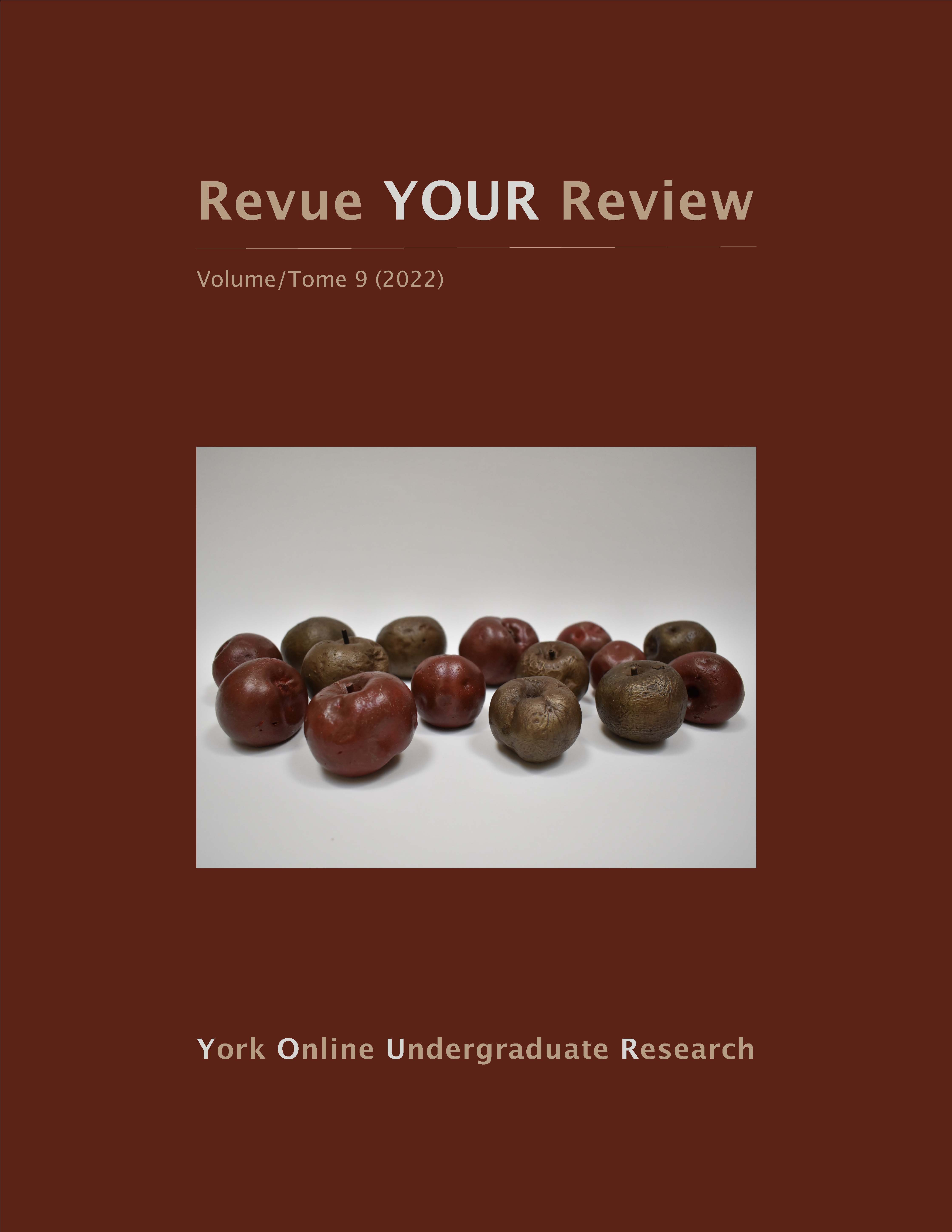Atypical Brain Connectivity in Autism
Résumé
Autism spectrum disorders (ASD) are characterized by difficulties in social interaction and communication, as well as restricted and repetitive behaviours. Although widely accepted as being neurodevelopmental in nature, the specific abnormalities of brain function underlying the disorder remain poorly understood. A growing number of studies have investigated the neuropathology of autism using functional connectivity magnetic resonance imaging (MRI) which investigates the relations among large-scale, functionally specialized brain networks. Research studying healthy adults has demonstrated that the antagonistic “default” and “dorsal attention” networks, which subserve internally and externally directed cognition respectively, are modulated by a third “frontoparietal control” network which flexibly couples with either the default or dorsal attention network depending upon locus of attention. We investigated resting-state functional connectivity within and between the default, dorsal attention, and frontoparietal control networks in a group of 25 adult males with ASD and a control group matched on age, intelligence quotient (IQ), and motion parameters. The hierarchical organization of brain networks, assessed via agglomerative clustering, was altered in the ASD group. Region-of-interest analyses identified abnormal functional connectivity of the left frontal eye fields which were hyperconnected to the medial prefrontal cortex and hypoconnected to the insula, which are thought to mediate context-memory binding and salient stimulus detection. Finally, graph theoretic analysis demonstrated an increase in betweenness centrality of the left middle frontal gyrus (Brodmann Area 6), a crucial interconnector node, in the ASD group. These results provide evidence that the typical resting-state relationships among the default, dorsal attention, and frontoparietal control networks are altered in ASD.
Téléchargements
Publié-e
Comment citer
Numéro
Rubrique
Licence

Cette œuvre est sous licence Creative Commons Attribution - Pas de Modification 4.0 International.
Les auteurs qui contribuent à la Revue YOUR Review acceptent de publier leurs articles selon une des trois catégories de la licence 4.0 : Creative Commons Attribution 4.0 International; Creative Commons Attribution-Pas d'Utilisation Commerciale 4.0 International; ou Creative Commons Attribution-Pas de Modification 4.0 International. Tout contenu éditorial de ce site ainsi que les affiches et les résumés sont sous la licence Creative Commons Attribution-Pas de Modification 4.0 International. Pour plus d’informations, veuillez voir :
https://creativecommons.org/licenses/
Dans tous les cas, les auteurs conservent leurs droits d’auteurs et concèdent à la Revue YOUR Review le droit de première publication. Les auteurs peuvent, par la suite, conclure d’autres accords de distribution non exclusifs de la version publiée dans ce périodique (par exemple, l’afficher à un dépôt institutionnel ou le publier dans un livre ou dans un autre périodique) à condition que la reconnaissance fasse mention de la publication originale dans la Revue YOUR Review.


